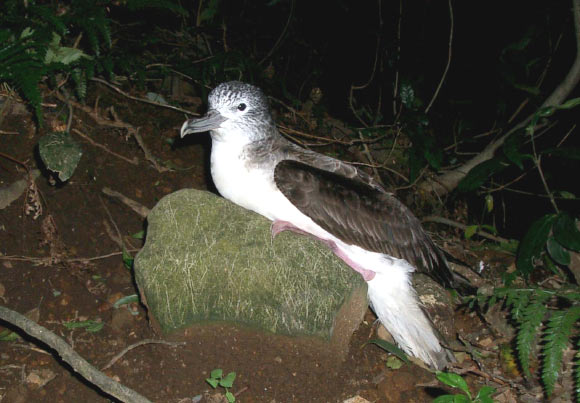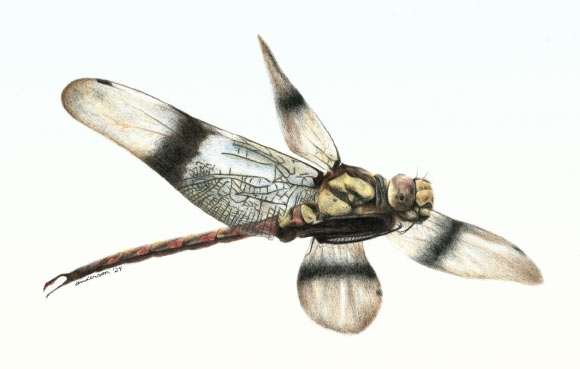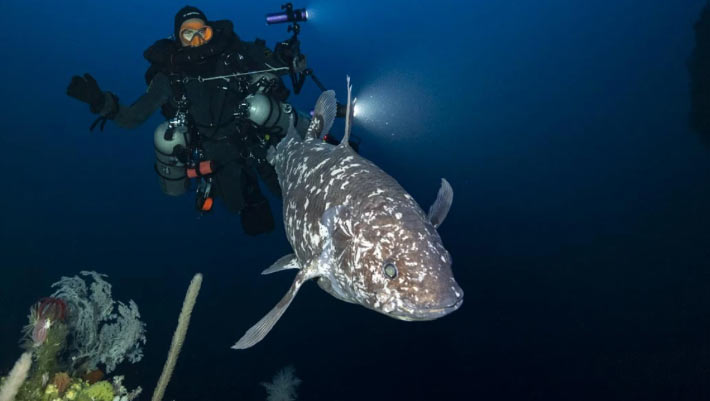Now Reading: Streaked Shearwaters Found to Relieve Themselves Mid-Air: Study
-
01
Streaked Shearwaters Found to Relieve Themselves Mid-Air: Study
Streaked Shearwaters Found to Relieve Themselves Mid-Air: Study

quick Summary
- Ornithologists from the University of Tokyo studied the excretion patterns of Pacific seabirds known as streaked shearwaters (Calonectris leucomelas).
- Using belly-mounted cameras on 15 birds, researchers recorded nearly 200 defecation events.
- The birds preferentially excreted during flight at intervals of 4-10 minutes and avoided excreting while floating on the sea surface.
- Some birds took off briefly just to poop before returning to rest.
- Excretion was estimated at about 30 grams per hour, approximately 5% of their body mass.
- Possible reasons for this behavior include avoiding soiling feathers, evading predators, or easier disposal in flight compared to floating.
- The findings are expected to contribute insights into marine ecology by highlighting potential nutrient redistribution by seabirds.
Indian Opinion Analysis
The finding that streaked shearwaters exhibit such deliberate excretion habits creates opportunities for ecological research relevant not only to Japan but globally. Understanding how major faunal populations redistribute nutrients can offer direct insights into sustaining pelagic ecosystems. While seabird-related phenomena may appear niche, implications like these add important layers to global climate and ecological models-fields where India is increasingly active through oceanographic expeditions and scientific collaborations. This study could eventually inform conservationists in regions like Andaman & Nicobar Islands or Lakshadweep regarding similar seabird behaviors in Indian waters.


























